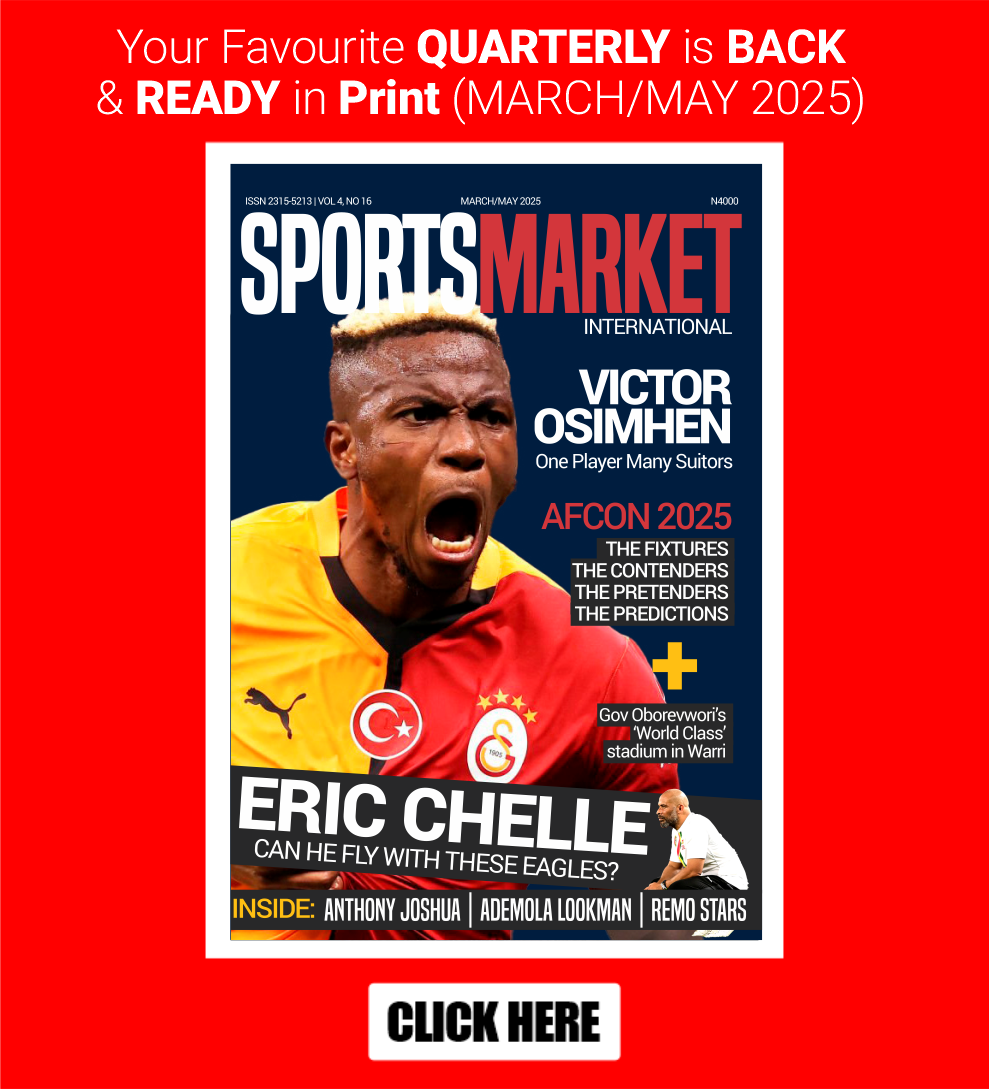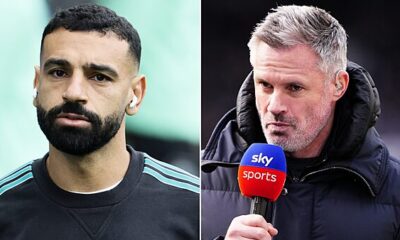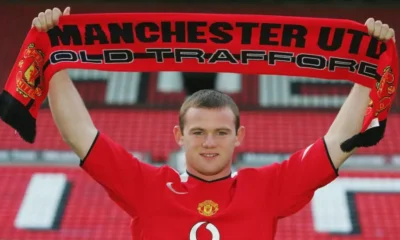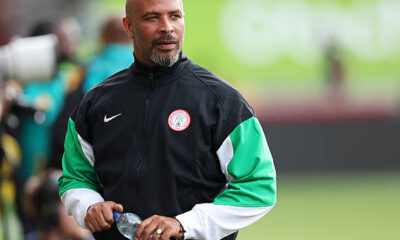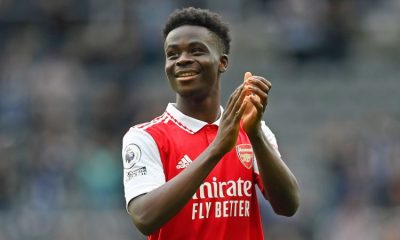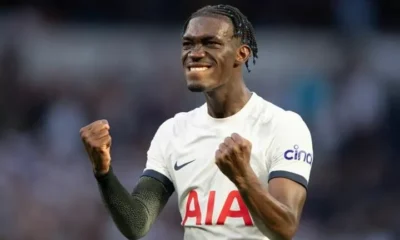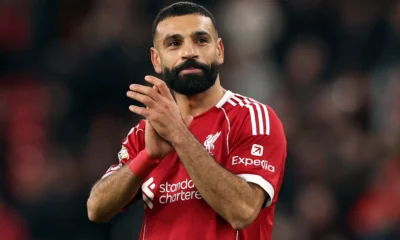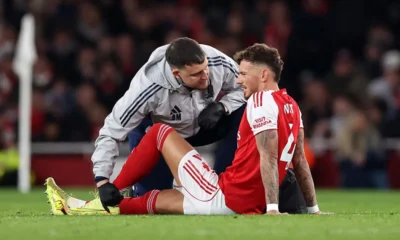Sportsmoney
Meet the billionaire who convinced Messi to snub $400m offer in Saudi Arabia
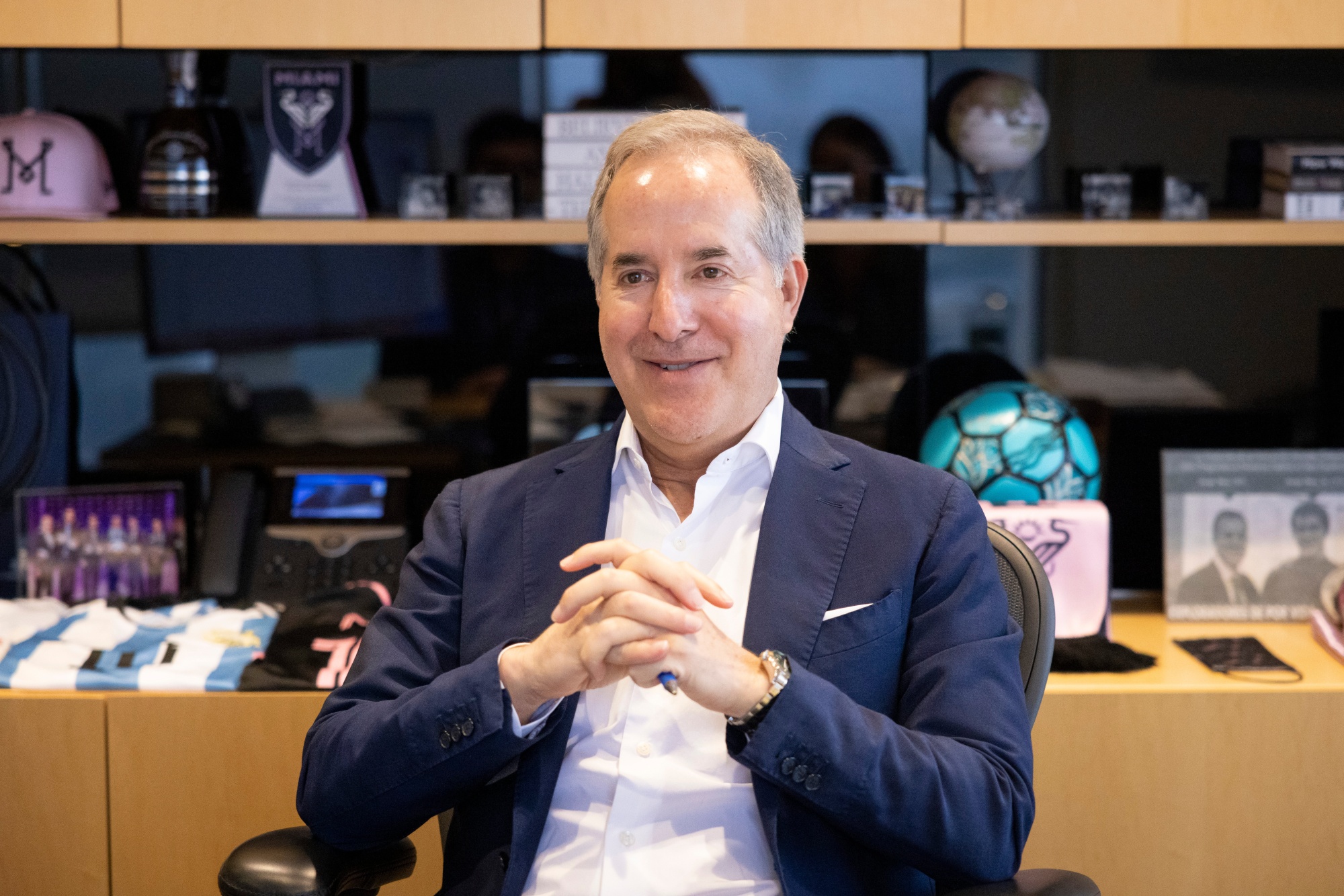
Billionaire Jorge Mas persuaded the world’s biggest soccer star to join a bottom-of-the-barrel team that’s languishing in last place in its league.
Now he needs to make it pay off.
With Lionel Messi and Apple Inc. on his side, the 60-year-old construction executive is seeking to upend the business of US soccer and make it a lot more profitable. The linchpin of his strategy was signing Messi to a contract that jettisoned a traditional cash-for-services agreement in favour of revenue sharing accords and an equity stake in the team — a dealmaking strategy closer to Wall Street’s playbook.
Mas’s vision is that the international superstar will lure millions of new subscribers to the Apple TV+ streaming service and attract top players to Major League Soccer. Messi will get a share of the windfall from any increase in international accounts for Apple TV+, while Mas’s Inter Miami soccer club is set to earn millions from increased ticket and merchandise sales. The rest of the league will see a knock-on effect from the hype around Messi, Mas’s theory goes.
“I have very high aspirations for Inter Miami, for MLS and for the sport,” Mas said in an interview Monday, a day after thousands of fans stood in the rain to see Messi don the Florida club’s uniform for the first time. “I’m all in.”
Of course it’s a risky proposition, with almost everything riding on a player who has had a tremendous career but is also getting old by his profession’s standards. The 36-year-old has seven Ballon d’Or titles, holds the record for most goals scored in a calendar year — 91 times in 2012 — and led Argentina to World Cup success in Qatar in 2022.
He’s coming to Miami after spending two years at Paris Saint-Germain, where in recent weeks he was on the receiving end of fans’ taunts over his performance.
Messi follows a tradition of ageing soccer champions that moved to the US, with mixed results. Brazilian legend Pele came out of retirement at 34 and spent three seasons with the New York Cosmos in the 1970s, while David Beckham left Real Madrid in 2007 to join the LA Galaxy. There were also Thierry Henry, Wayne Rooney and Didier Drogba. And still, US soccer’s promised popularity boom failed to materialise.
But Mas is a patient man. Flanked by Messi’s jerseys and Henry Kissinger’s books at an office in upscale Coral Gables, Florida, Mas says it took more than three years to bring Messi to Miami.
Part of the pitch included selling Messi on life in Florida — Mas touted the opportunity of coming to a “country that’s hungry for soccer, where he could literally change the sport,” and closer proximity to his family in Argentina. But there were also big financial incentives.
Messi’s contract with Inter Miami runs through 2025, with a base salary of $20 million per year that could reach $60 million with bonuses. Upon retirement, Messi will receive a minority stake in the team.
He also has a deal with Adidas AG and a unique arrangement with Apple TV+ that will benefit him if the streaming service attracts international subscribers. Mas estimates Messi could bring in 2 million overseas accounts over 18 months. “There is no other player in this country that can have the impact globally that Leo Messi can have.”
Adidas declined to comment, saying it never discusses details of its contracts. Apple didn’t reply to a message seeking comment.
While there’s no final estimate on what Messi’s Miami package will ultimately be worth, it was enough to entice him from a much more straightforward offer from Saudi Arabian club Al-Hilal. That deal would have earned him around $400 million annually, according to news reports.
The Apple TV+ service is using sports to attract subscribers, inking a $2.5 billion 10-year deal with Major League Soccer to show games on its platform. One of its most popular TV series, Ted Lasso, follows a fictional Premier League team headed by an American who had never coached soccer before.
In a way, it mirrors how Mas became a soccer tycoon by chance. Mas is the son of a Cuban immigrant, Jorge Mas Canosa, who became a leader in a movement to overthrow Fidel Castro. The family’s fortune comes from MasTec Inc., a $9.1 billion company that builds pipelines, fibre-optic networks and wind-farms across the US. Mas is the chairman and his brother the chief executive officer.
After a failed attempt to purchase the Miami Marlins several years ago, Mas bought out Beckham’s partners at Inter Miami, where his family now owns 80% of the team. Mas sees Messi changing the team’s fortunes, estimating its value could reach $1.5 billion within a year, compared to an estimate from Sportico of $585 million last year.
Mas plans to bring in a new investment partner and jersey sponsor, and has hired former Barcelona and Argentina coach Gerardo “Tata” Martino and midfielder Sergio Busquets. Inter Miami’s strategy is to mix late-career stars with young upstarts, he said.
Construction will soon begin on Inter Miami’s new Freedom Park stadium, which will seat as many as 25,000 fans. The privately-funded project has seen costs increase almost 40% from its original $1 billion, Mas said. It is slated to be completed in 2025, the last year of Messi’s contract, which has Mas holding out hope his star player will hang around for longer.
On Monday morning, Mas saw Messi doing a light practice for the first time, at Inter Miami’s current DRV PNK Stadium (pronounced “Drive Pink”) in Fort Lauderdale, Florida. “It was unbelievable,” he said.
For now, Messi will be living in the suburb, as he wanted to be “no further than 10 minutes away from the training centre,” Mas said. Messi fans have already began chasing him around Miami, even shadowing his supermarket strolls.
Mas said his biggest worry is that Messi wouldn’t be able to find schools for his three kids. After the pandemic made Miami a magnet for wealthy newcomers, securing a spot in one of the most prestigious private schools became next to impossible. Luckily, the Mas family had a long history of favours to call in and ended up finding them a spot.
“I wanted to make sure his landing here was as smooth, seamless as possible,” Mas said. “And I think so far, so good.”

-

 Premier League3 days ago
Premier League3 days agoJamie Carragher Backs Arne Slot Over Mohamed Salah Amid Fan Backlash
-

 News3 days ago
News3 days agoWayne Rooney Reveals He Received Death Threats After Everton To Manchester United Move
-

 Transfers3 days ago
Transfers3 days agoBarcelona And Man City On Alert As Denzel Dumfries’ Bargain Release Clause Kicks In After Ditching Jorge Mendes
-

 AFCON 20253 days ago
AFCON 20253 days agoFormer Super Eagles Star Friday Ekpo Backs Eric Chelle’s AFCON Squad Decisions
-

 Local News3 days ago
Local News3 days agoIs Bukayo Saka The Smart Captain Pick Over Erling Haaland This Weekend?
-

 Transfers3 days ago
Transfers3 days agoTwo Strikes And Out! Tottenham Transfer List Yves Bissouma Following Second Laughing Gas Scandal
-

 Premier League19 hours ago
Premier League19 hours agoCurtis Jones Opens Up On Mohamed Salah’s Liverpool Future And Reveals How Star Forward Helped Him Through Tough Times
-

 News19 hours ago
News19 hours agoArsenal Injury Woes Deepen As Ben White Limps Off In Narrow Win Over Wolves


